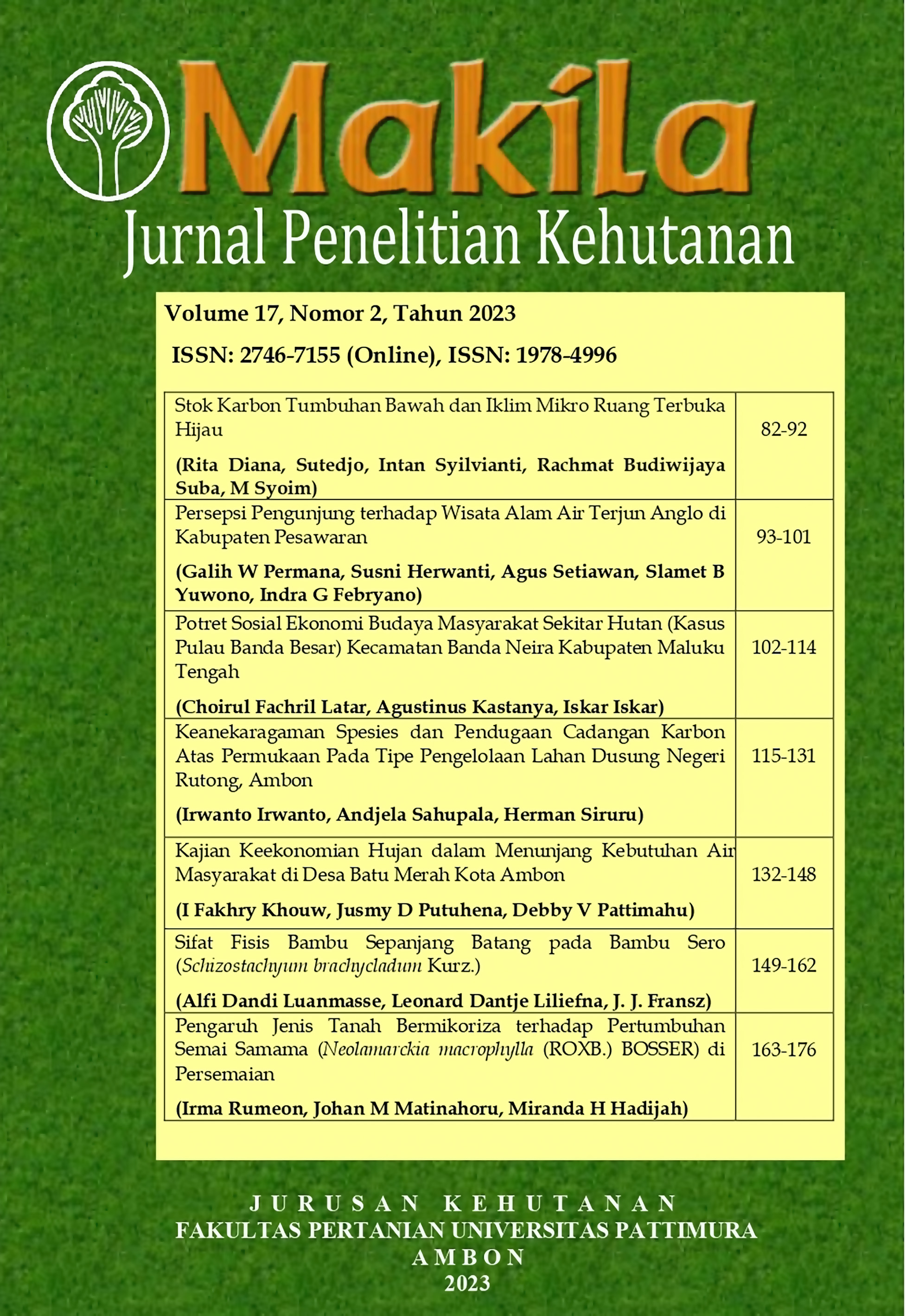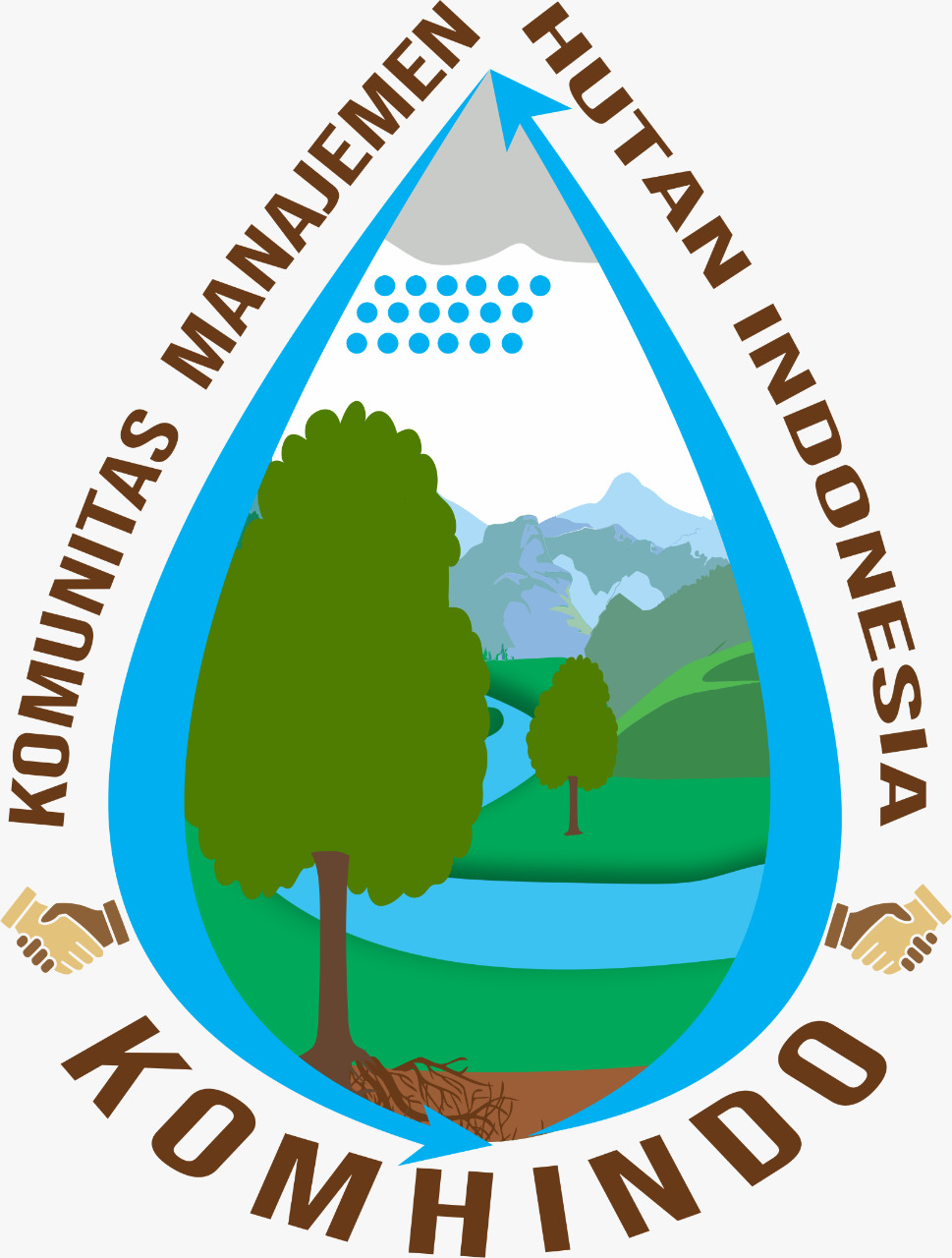KAJIAN KEEKONOMIAN HUJAN DALAM MENUNJANG KEBUTUHAN AIR MASYARAKAT DI DESA BATU MERAH KOTA AMBON
Abstract
The need for rainwater harvesting continues to increase as a complement to household water sources. Rainwater harvesting has received increasing public attention recently as an alternative water-saving strategy. Rainwater harvesting significantly reduces the use of drinking water. Savings at the household level change long-term water demand, provide more affordable household water supplies, and save communities money on sustainable water management. Therefore, this study aims to analyze the Economic Study of Rain in Supporting Community Water Needs in the Wae Batu Merah Watershed area in Sirimau District, Ambon City. The data analysis method calculates the economic value of rainwater to replace clean water purchased from DSA and tank cars. The calculation of the economic value of household water in the study area showed that the average daily water consumption based on the size of the city according to SNI 2002 for the study area was 150 liters/person/day. The economic value of rainwater utilization by households by converting DSA water prices and tanks shows that the economic value of rainwater utilization by households saves DSA water payment costs of Rp.49,641 per day and Rp.8,935,313 per year. Meanwhile, the use of rainwater by households saves the cost of paying for tank water by Rp.459,672 per day and Rp.82,740,994 per year.
Downloads
Copyright (c) 2023 I Fakhry Khouw, Jusmy D Putuhena, Debby V Pattimahu

This work is licensed under a Creative Commons Attribution 4.0 International License.











